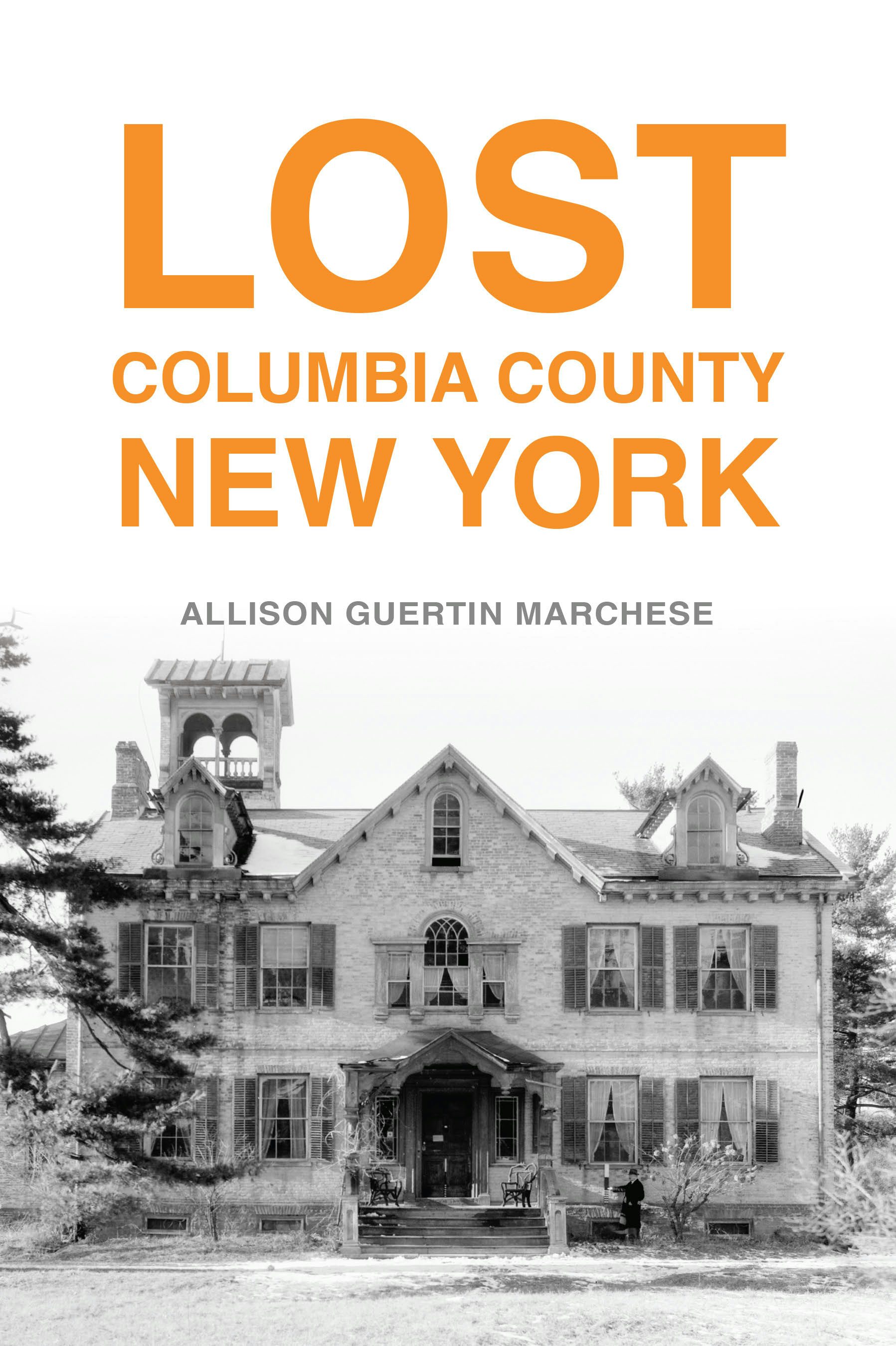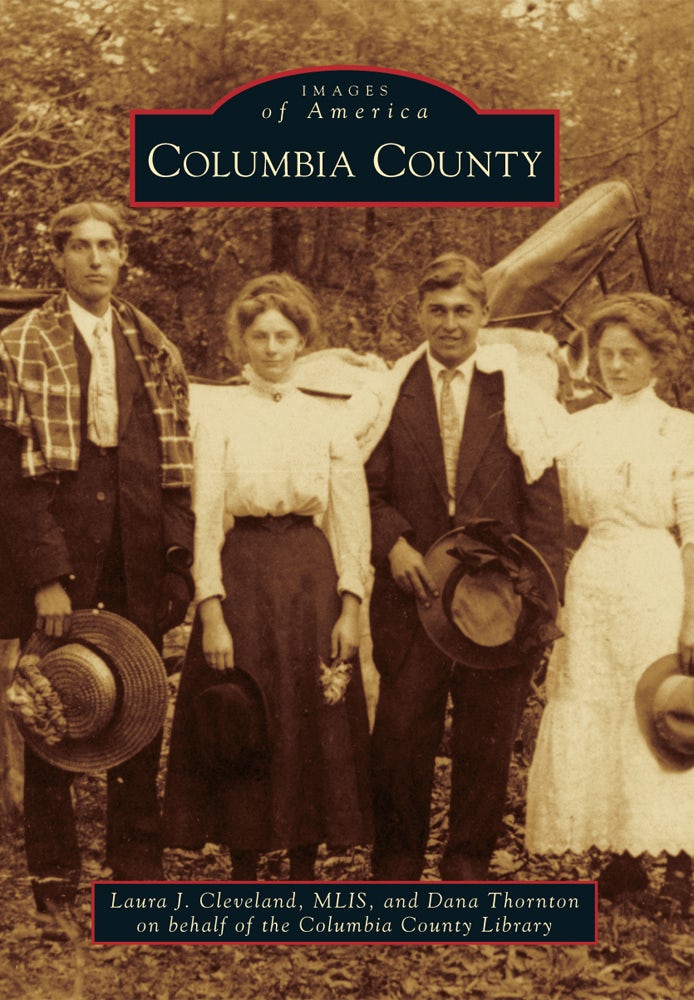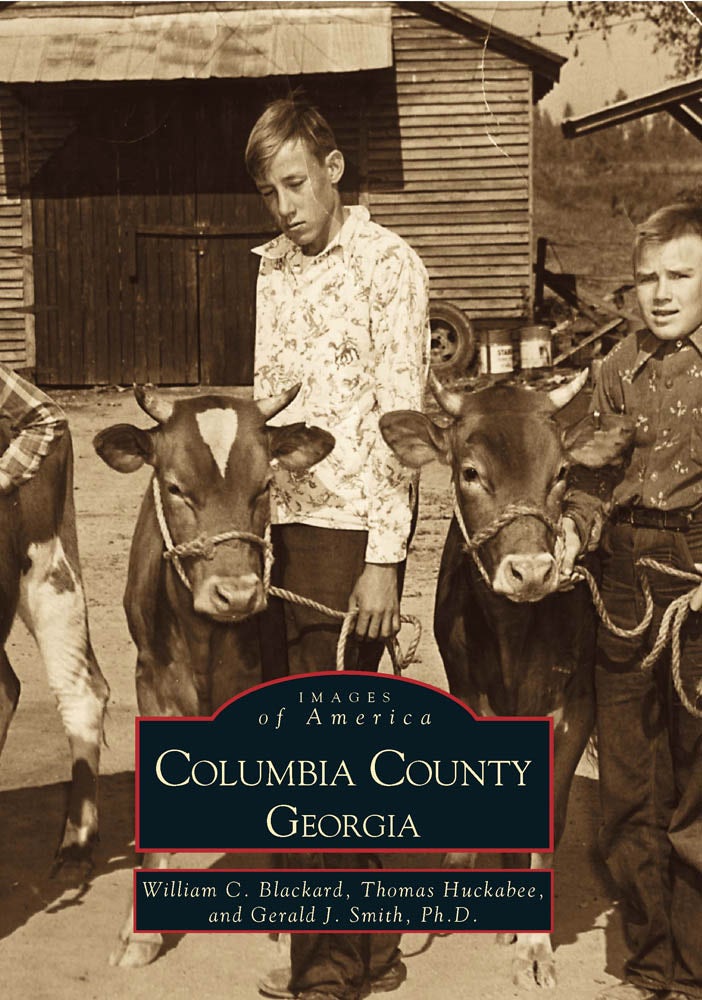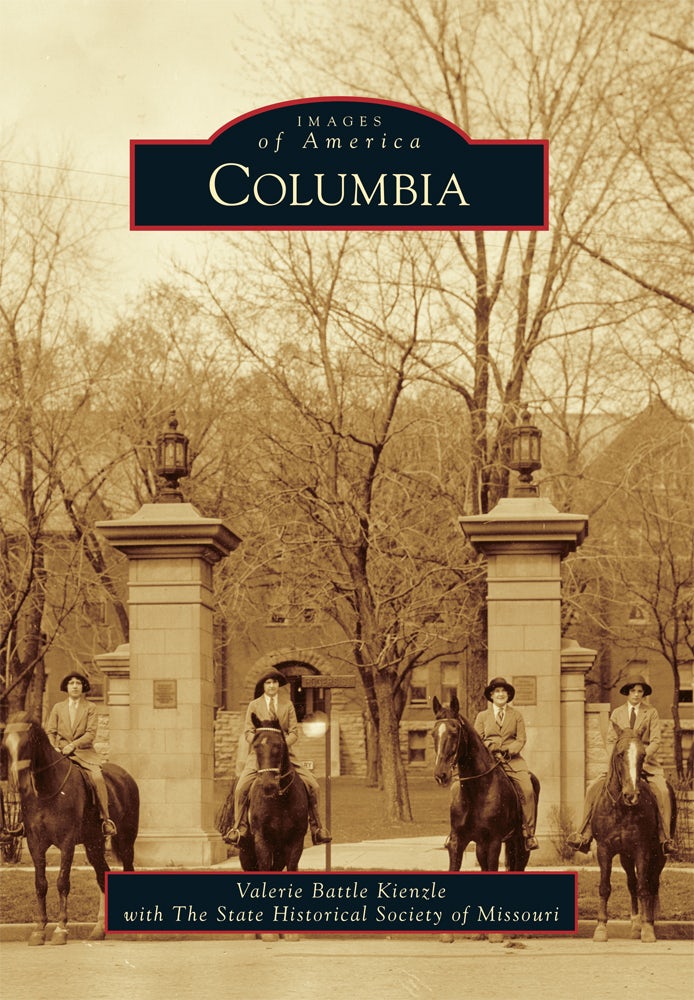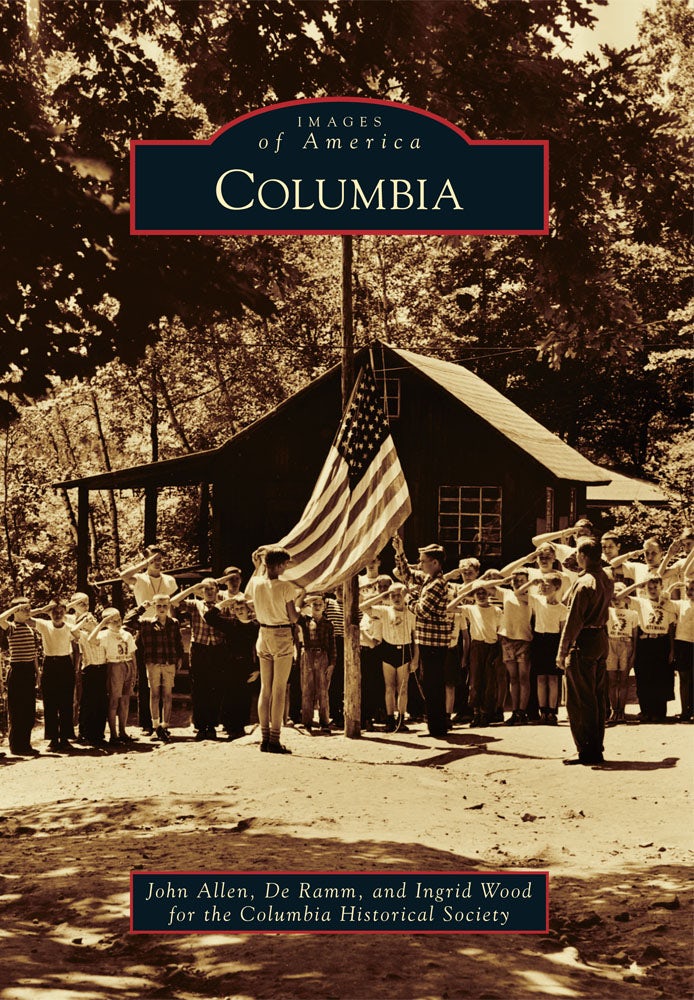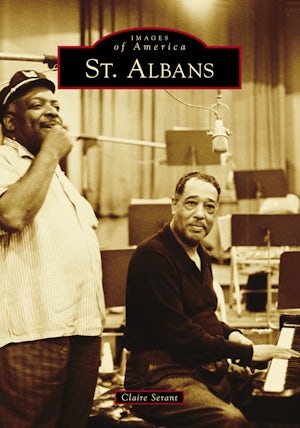
As colonial New Yorkers expanded their housing and employment options beyond Lower Manhattan and Brooklyn, southeast Queens became a destination for Dutch and English families who wanted more land and a better life.
Beyond the confines of the village of Jamaica in Queens emerged a community of strivers - farmers and entrepreneurs - who founded St. Albans in 1899. A housing boom in the 1920s and 1930s in Queens brought more residents with European heritage to St. Albans. Yankee slugger Babe Ruth spent so much time at the St. Albans Golf and Country Club that many area resid... Read More
As colonial New Yorkers expanded their housing and employment options beyond Lower Manhattan and Brooklyn, southeast Queens became a destination for Dutch and English families who wanted more land and a better life.
Beyond the confines of the village of Jamaica in Queens emerged a community of strivers - farmers and entrepreneurs - who founded St. Albans in 1899. A housing boom in the 1920s and 1930s in Queens brought more residents with European heritage to St. Albans. Yankee slugger Babe Ruth spent so much time at the St. Albans Golf and Country Club that many area resid... Read More


